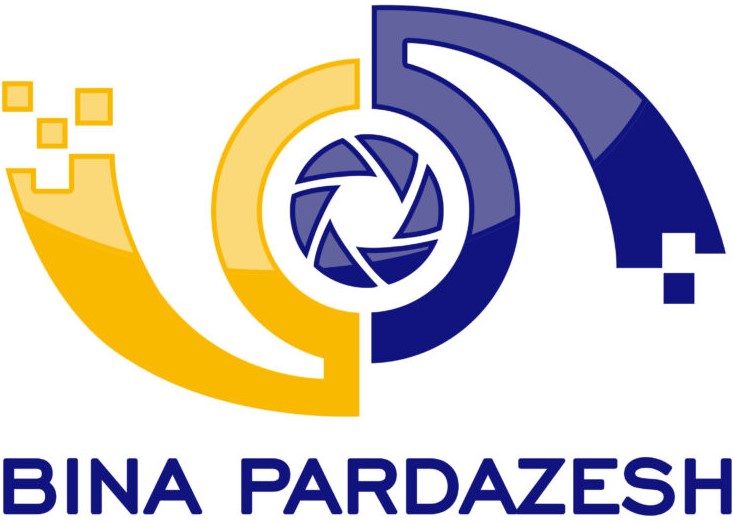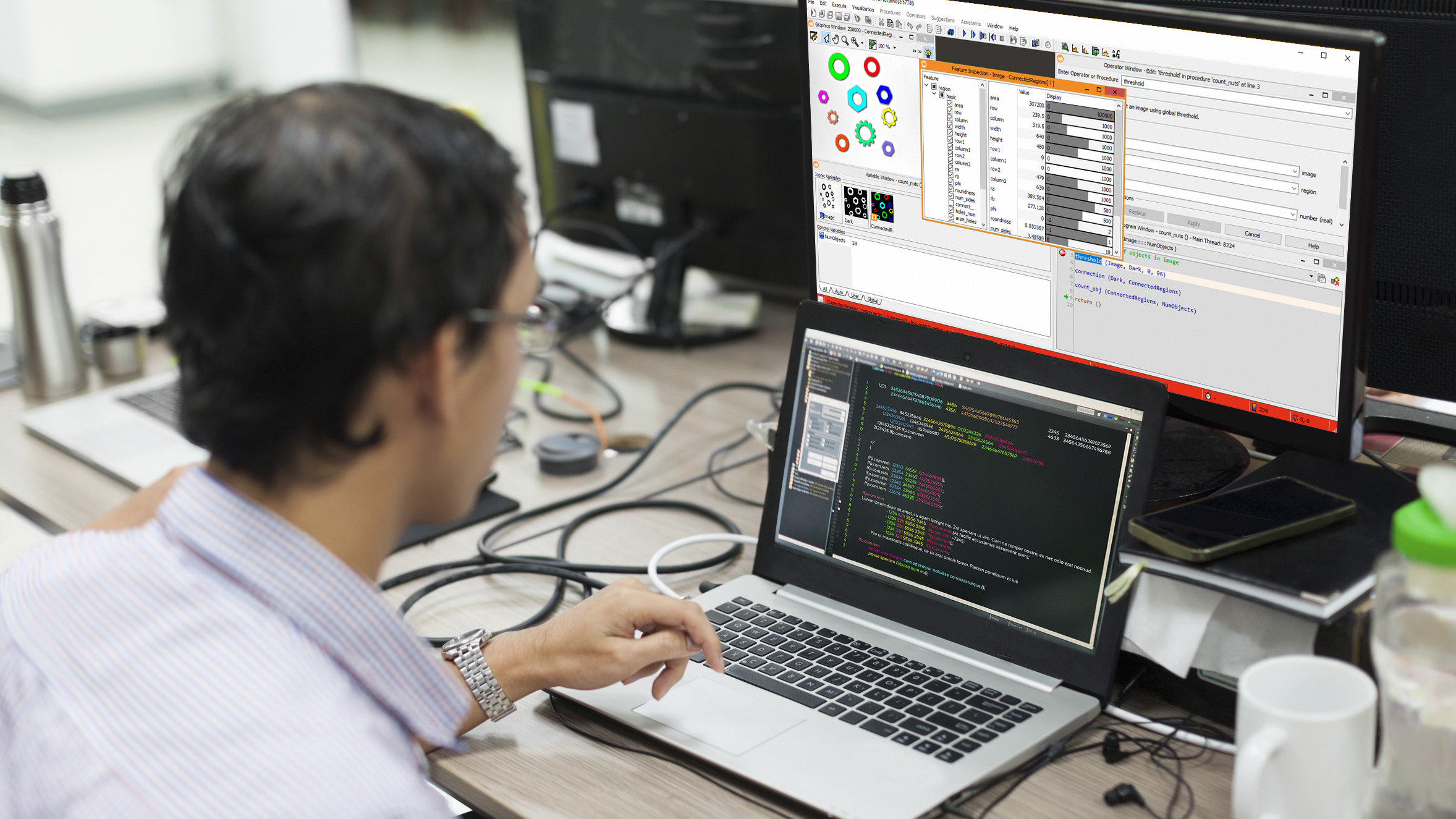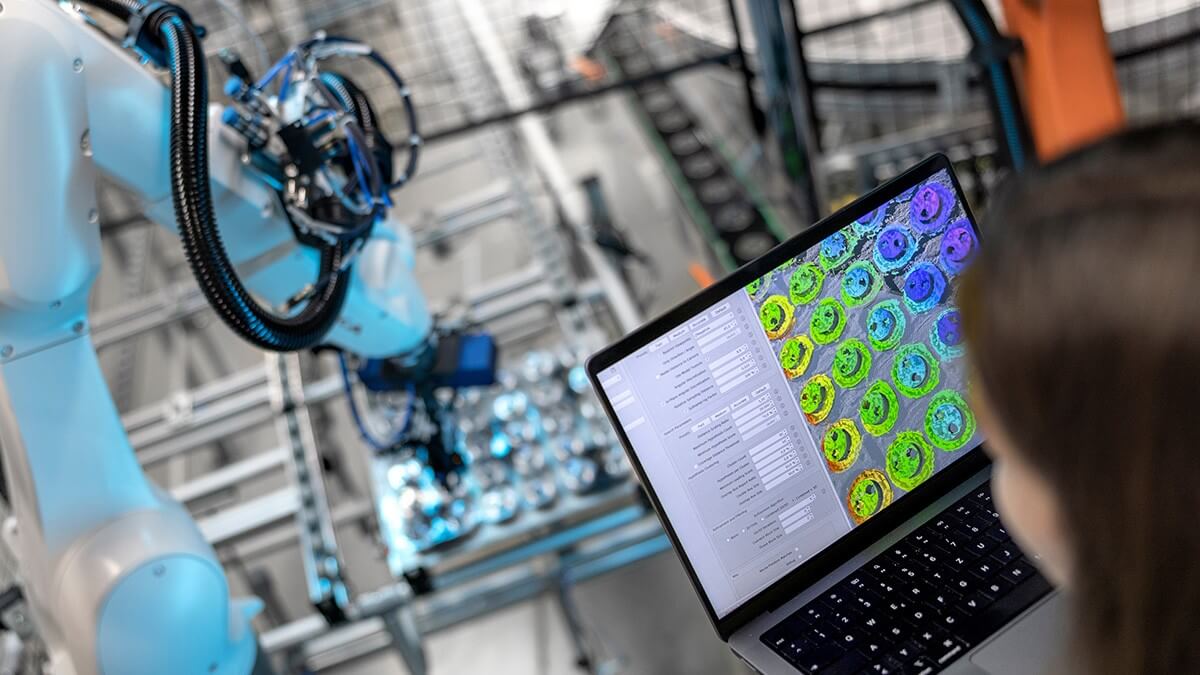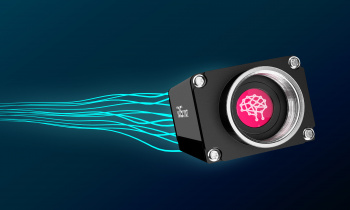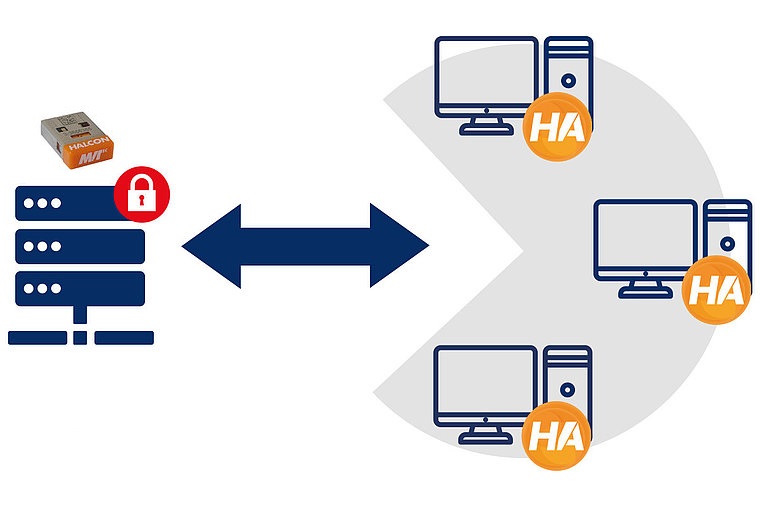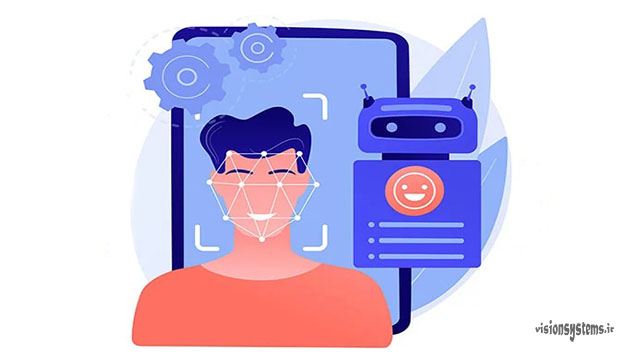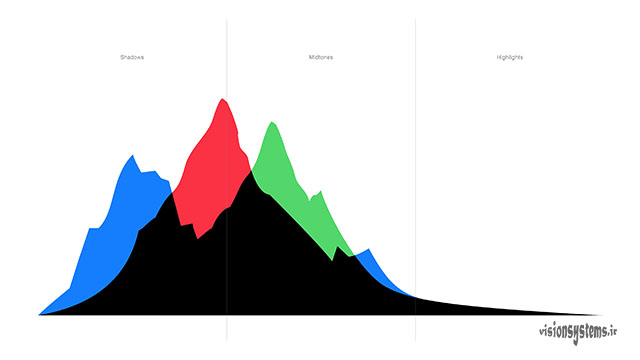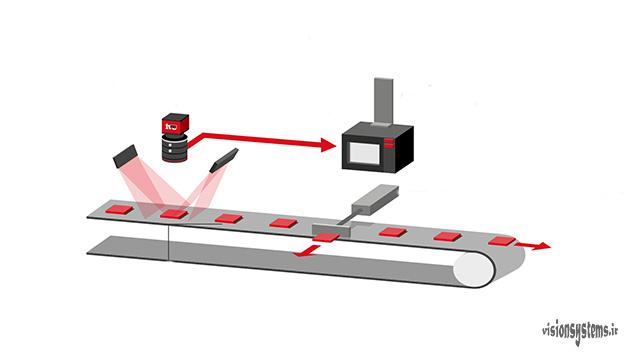Vision Systems have applications in various industries. Each implementation of these systems in different industries poses its own challenges, but there are common issues that must be addressed. In this article, we will teach you 10 golden tips for designing machine vision systems.
1- Consider Sufficient Space for Installing Project Vision Equipment.
One important aspect of implementing a machine vision project is considering adequate space for installing equipment. Designing with enough space for vision equipment installation, including lights, lenses, cameras, cables, etc., is crucial to avoid potential issues.
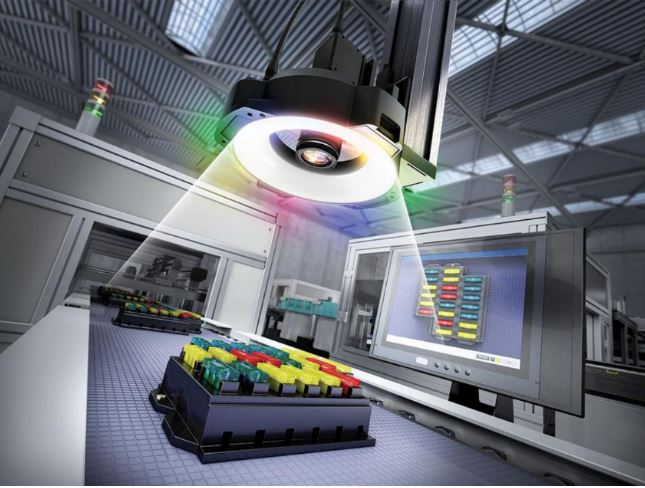
2- Don’t Rely on Your Eyes!
Do not rely solely on visual inspection for image quality. An image may appear high quality to the human eye but may not be suitable for quality control when processed by image processing software. Human eyes do not interpret image contrast accurately, so it’s essential to control factors such as contrast, uniformity of light, etc., using machine vision software. In the Halcon machine vision training course, these aspects are covered.
For example, observe the image below; can you notice anything specific? The right side of the image (due to light reflection from a part of the device) is much darker than the left side. This is easily visible in machine vision software.
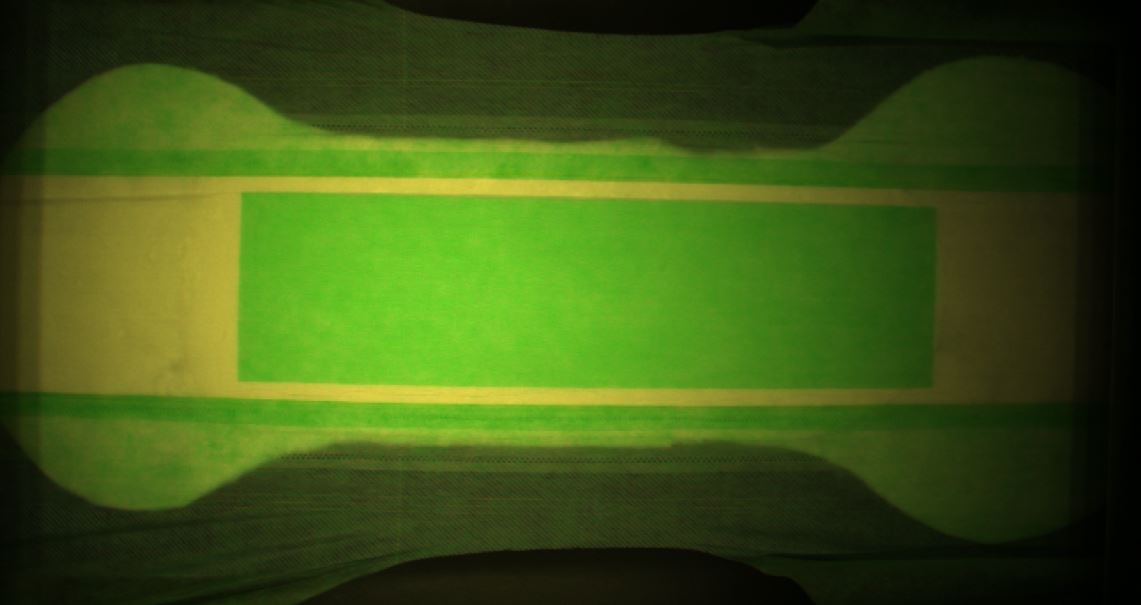
3- The Distance Between the Object and the Camera Should Not Be Too Short.
In many machine vision system design projects, there is limited space. It is common to want to place the camera closer to the object. However, reducing this distance can lead to:
1. Complex lens structures.
2. Increased lens cost.
3. Decreased system performance.
As a general rule, it is better for the distance between the lens and the object to be 2 to 4 times the field of view. (This distance is commonly referred to as the working distance.)
For example, if you want to view a rectangle with a width of 20 centimeters and a length of 15 centimeters, it’s better to have the camera-to-lens distance in the range of 40 to 80 centimeters. Therefore, the parameters in the image below are calculated as follows.
H=20, V=15 , Working Distance = 40-80
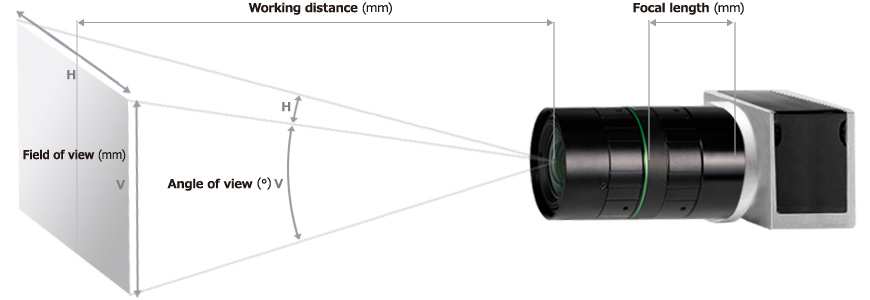
4- Take Lighting Seriously in Vision System Design!
Proper lighting improves image contrast and simplifies your code. Lighting in machine vision systems is a scientific issue. To illuminate a machine vision system properly, you need to understand various machine vision lights and learn lighting techniques.
In machine vision lighting, consider analyzing the features of the object. For more information, you can refer to the article on lighting selection guide in machine vision systems.
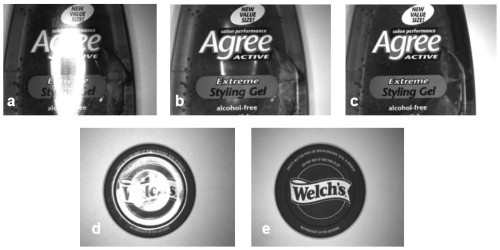
5- Choose Between Depth of Field and Resolution.
In the image below, note that closing the camera aperture allows both dice to be well-exposed (indicating a large depth of field but low focus accuracy). On the left side, opening the aperture makes only the closer die clearly visible (indicating a shallow depth of field but good focus accuracy).
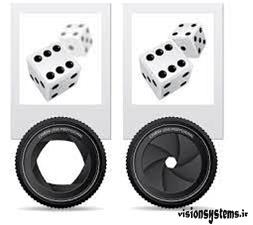
Adjusting depth of field and focus is done using the aperture diaphragm. Therefore, you must choose between increasing depth of field and focus accuracy (selecting both may require more complex systems to capture multiple images with different focus levels).
6- Examine the Number of Cameras Needed in Vision System Design.
Sometimes you need to see an object from different angles to detect errors. For this purpose, using multiple cameras is necessary. The image below shows capturing images of different angles of a glass using four cameras. Each camera captures the glass from a different angle. Additionally, one camera is used to view the bottom of the glass.
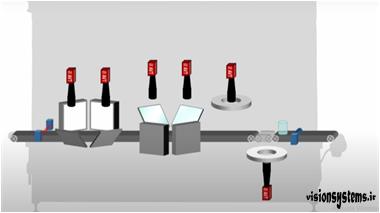
7- Fully Understand Possible Flaws in Your Product.
One key to success in a machine vision project is understanding the product and its types of defects. To recognize a product and its types of defects, take multiple images of each model of the product and test your programming algorithm on different images. Analyzing the results will help you identify details and differences between good and bad images.
8- Analyze Different Aspects in Vision System Design.
To succeed in a project, you need to control and analyze different aspects. The more accurately you examine various aspects, the higher your chance of success. For example, consider examining:
- Is the camera installed at the right angle?
- What is the amount of vibration?
- Are there any constraints on installing equipment?
- Do ambient lights create interference?
- What is the acceptable error tolerance?
- Are there similar project samples?
These inspections are cost-effective and can improve the performance of the vision system, preventing potential errors.
9- Be a Questioner.
Sometimes production-related issues can lead to errors. For example, excessive vibration due to insufficient lubrication can interfere with the error detection process. Therefore, it is essential to ask the manufacturer for all necessary details. Note that the manufacturer must be familiar with the product’s production process and potential errors.

10- Create a Checklist.
Having a checklist of various items to check in all stages of a machine vision project is necessary. Many details may be overlooked due to the absence of a checklist. Try to examine all aspects and gather your notes. In this way, if there’s a mistake in your analysis process, it will be easily identifiable. For example, when you want to visit a customer’s production line, your checklist could include items such as:
- Various product types (in terms of model, color, dimensions)
- Types of product defects
- Which defects are more important?
- How much space do we have for installing equipment?
- What is the production speed of the product?
- Is there a need to view from multiple angles?
- What is the reject type?
In this article, we provided ten essential tips for designing machine vision systems; these tips can be considered in the overall design of a vision system. You can use our consulting services for designing vision systems.
